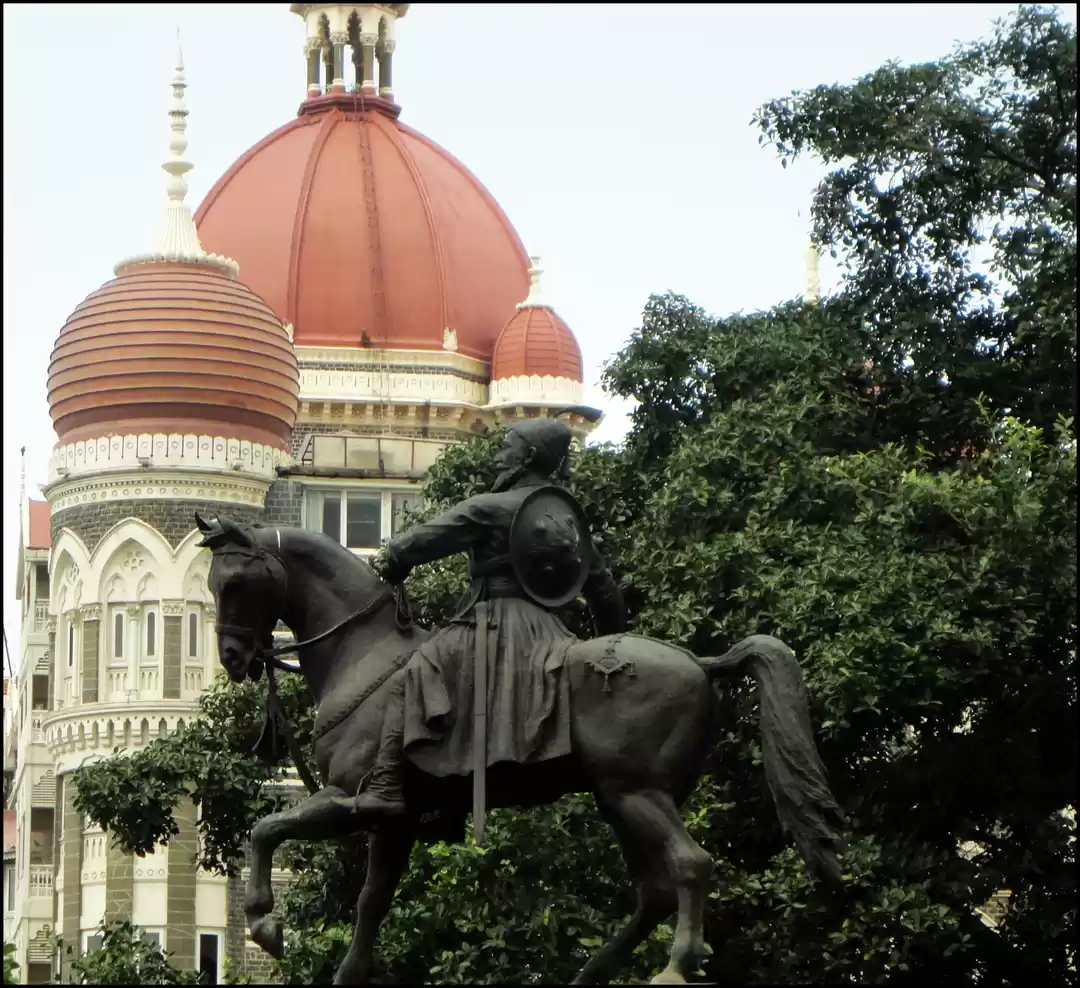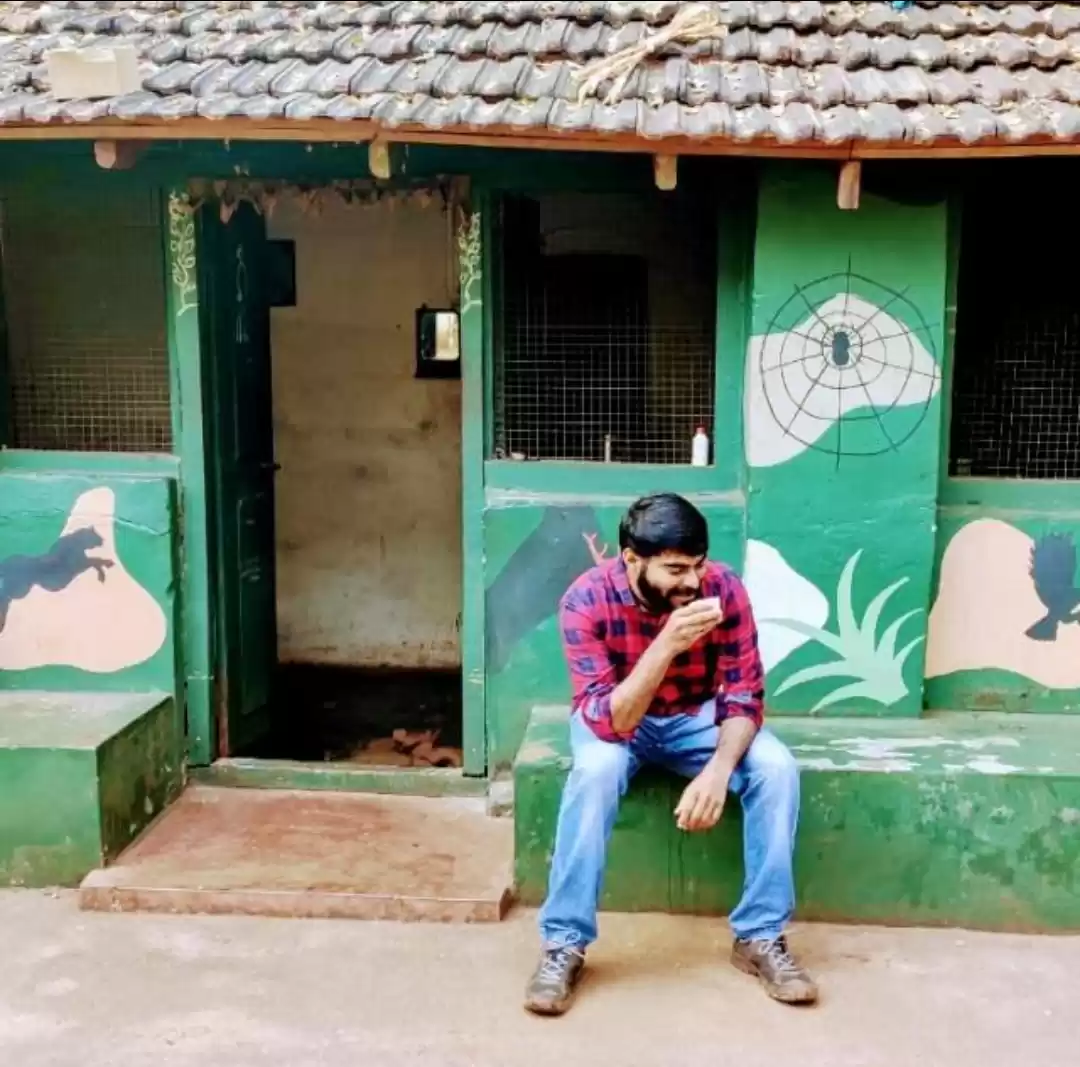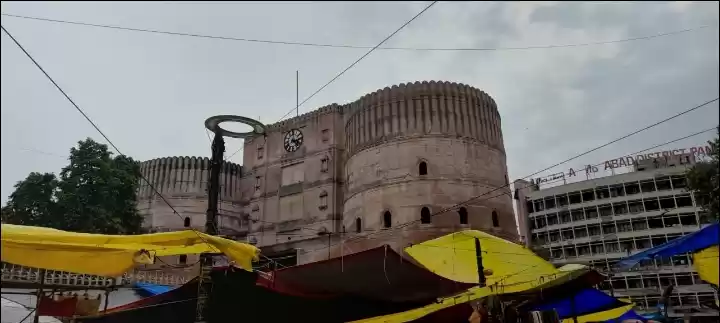Deep within the historical heart of Aurangabad, Maharashtra, lies a unique and captivating temple dedicated to Lord Hanuman – the Bhadra Maruti Temple. Unlike any other Hanuman temple in India, this one holds a captivating enigma: its central idol depicts the mighty deity not standing tall and vigilant, but reclining in a peaceful repose (Bhav Samadhi). This captivating image, coupled with the temple's rich history and cultural significance, draws not only devout pilgrims but also curious travelers seeking a deeper understanding of Hindu mythology and traditions.
Unveiling the Legend: A King's Devotion and a Divine Vision
The story behind the Bhadra Maruti Temple's unique idol is as fascinating as it is inspiring. Legend narrates the tale of King Bhadrasen, a pious ruler deeply devoted to Lord Rama. One day, while engrossed in devotional songs praising Rama, the king experienced a divine vision.
He witnessed Lord Hanuman, exhausted but victorious after his arduous journey to Lanka to retrieve the Sanjeevani herb, resting in a peaceful slumber. Entranced by this divine revelation, King Bhadrasen commissioned the construction of a temple to immortalize this vision, forever enshrining the image of the sleeping Hanuman within its sacred walls.

Exploring the Temple's Rich Tapestry: History and Architectural Nuances
Although the exact date of construction remains shrouded in some mystery, historical records suggest the Bhadra Maruti Temple's existence during the medieval period. The temple has endured a tumultuous past, facing destruction and restoration throughout the centuries.
The current structure, primarily built during the 1960s, reflects a simple yet elegant architectural design. While the temple may not boast elaborate carvings or grandeur, its peaceful ambiance and serene atmosphere create a space for contemplation and spiritual connection.

Beyond the Reclining Idol: Exploring the Temple's Significance
While the unique posture of the idol undoubtedly draws the most attention, the Bhadra Maruti Temple holds a deeper significance for Hindus across India. The temple serves as a significant pilgrimage site, particularly during the holy month of Shravan (typically falling between July and August). During this auspicious period, devotees flock to the temple, offering prayers and seeking blessings from the sleeping Hanuman, who is believed to be especially benevolent during this time.
A Guide for Travelers: Planning Your Visit to the Bhadra Maruti Temple
Timings and Accessibility:
The Bhadra Maruti Temple welcomes visitors daily, opening its doors from 5:00 AM to 12:00 PM and 4:00 PM to 9:00 PM. Situated in Khuldabad, the temple is easily accessible from Aurangabad, located approximately 20 kilometers away. Taxis, rickshaws, and private vehicles are readily available for convenient transportation.

Essential Tips for a Respectful Visit:
- Dress modestly, covering shoulders and knees, as a mark of respect for the temple's sanctity.
- Remove your footwear before entering the inner sanctum.
- Photography is permitted within the temple premises, but avoid using flash while capturing the idol.
- Maintain silence and be mindful of the spiritual atmosphere within the temple.
- Enriching Your Experience: Exploring Beyond the Temple Walls
Accommodation Options:
Aurangabad offers a range of accommodation options catering to various budgets and preferences. From budget-friendly guesthouses to luxurious hotels, you'll find the perfect place to unwind after your exploration.
Best Time to Visit:
While the temple welcomes visitors year-round, the Shravan month offers a unique cultural experience due to the surge in devotees and vibrant atmosphere. However, for a quieter and more contemplative visit, consider planning your trip during the off-season, when you can truly soak in the temple's serenity.
Unveiling the City's Treasures: Nearby Attractions
Aurangabad boasts a rich tapestry of historical and cultural treasures beyond the Bhadra Maruti Temple. To complete your exploration, consider visiting:

Ellora Caves:
A UNESCO World Heritage Site, these magnificent cave temples, located just 4 km from the Bhadra Maruti Temple, showcase intricate carvings and sculptures depicting the stories of Hinduism, Buddhism, and Jainism.

Daulatabad Fort:
Immerse yourself in the historical grandeur of this 14th-century fort, offering breathtaking panoramic views of the surrounding landscape.

Grishneshwar Temple:
Pay your respects at one of the 12 Jyotirlinga shrines dedicated to Lord Shiva, situated around 30 km from Aurangabad.
Beyond the Rituals: Unveiling the Spiritual Significance of the Sleeping Hanuman
The posture of the sleeping Hanuman holds profound spiritual significance within Hinduism. Unlike the typical depiction of Hanuman standing vigilant with a mace, the reclining posture signifies a state of deep meditation and complete surrender. This posture represents:
Sampoorna Samarpan (Complete Surrender): The reclining position symbolizes Hanuman's unwavering devotion and complete surrender to Lord Rama. It represents the act of letting go of worldly desires and achieving a state of inner peace through complete faith and dedication.
Antargat Shakti (Inner Strength): While the physical form appears to be resting, the legend suggests Hanuman remains vigilant in his mind, ready to spring into action at Lord Rama's call. This signifies the presence of immense inner strength and unwavering commitment, even during periods of apparent stillness.
Bhakti Yoga (Path of Devotion): The legend and the idol serve as a powerful reminder of the transformative power of bhakti yoga, the path of devotion. Hanuman's unwavering devotion to Lord Rama exemplifies the importance of pure love and dedication in achieving spiritual enlightenment.
Experiencing the Temple's Spiritual Energy: Stepping into the Bhadra Maruti Temple, one is immediately enveloped by a sense of calmness and serenity. The soft chanting of hymns, the aroma of incense, and the gentle flickering of lamps create a sacred atmosphere conducive to introspection and spiritual connection. Devotees often chant the Hanuman Chalisa, a revered hymn dedicated to Lord Hanuman, seeking blessings for strength, courage, and unwavering faith.
Beyond the Temple Walls: Carrying the Message Forward
The story of the Bhadra Maruti Temple and the legend of the sleeping Hanuman offer valuable lessons that resonate beyond the temple walls. It reminds us of the importance of:

Faith and Devotion: The unwavering faith and devotion of King Bhadrasen and Lord Hanuman serve as an inspiration to cultivate strong faith and unwavering dedication in our own lives.
Inner Strength: The image of the sleeping Hanuman, despite its outward appearance of rest, symbolizes the immense inner strength that resides within each of us. It encourages us to tap into our inner reserves of strength and resilience to navigate life's challenges.
Finding Peace: The serene atmosphere of the temple and the peaceful posture of the idol remind us to seek inner peace and tranquility amidst the chaos of daily life.
The Bhadra Maruti Temple serves as a unique and captivating window into Indian mythology, cultural traditions, and spiritual values. It's a place where history, devotion, and serenity converge, offering a transformative experience for every visitor who seeks to embark on a journey of self-discovery and connect with the essence of the sleeping Hanuman within.
So, pack your bags with an open mind and a spirit of exploration, and embark on a pilgrimage to unveil the enigma of the Bhadra Maruti Temple.
You might just discover more than just a historical landmark; you might discover a deeper connection to your own inner strength and spiritual journey.
























